Vienna is known for its beautiful palaces, classical music and impressive cafes, but the city isn’t all opera and art. A walk through Vienna’s historically Jewish neighborhood tells a very different story — one of both great success and devastating tragedy. (Read a brief history of Jewish Vienna.)
Editor’s note: This article is part of our series on travel guides to your favorite destinations. Check out our Budapest, Berlin, Kraków, Toronto, Milan, Rome and New York City guides, and look out for guides to other cities coming soon.
The Jewish history of Vienna dates back nearly 900 years, so there’s no time to waste. Whether you have a week or just a few hours to explore the city’s Jewish past and present, we’ve got you covered for what to see, where to go, and (because no good Jewish trip would be complete without it) where to nosh.
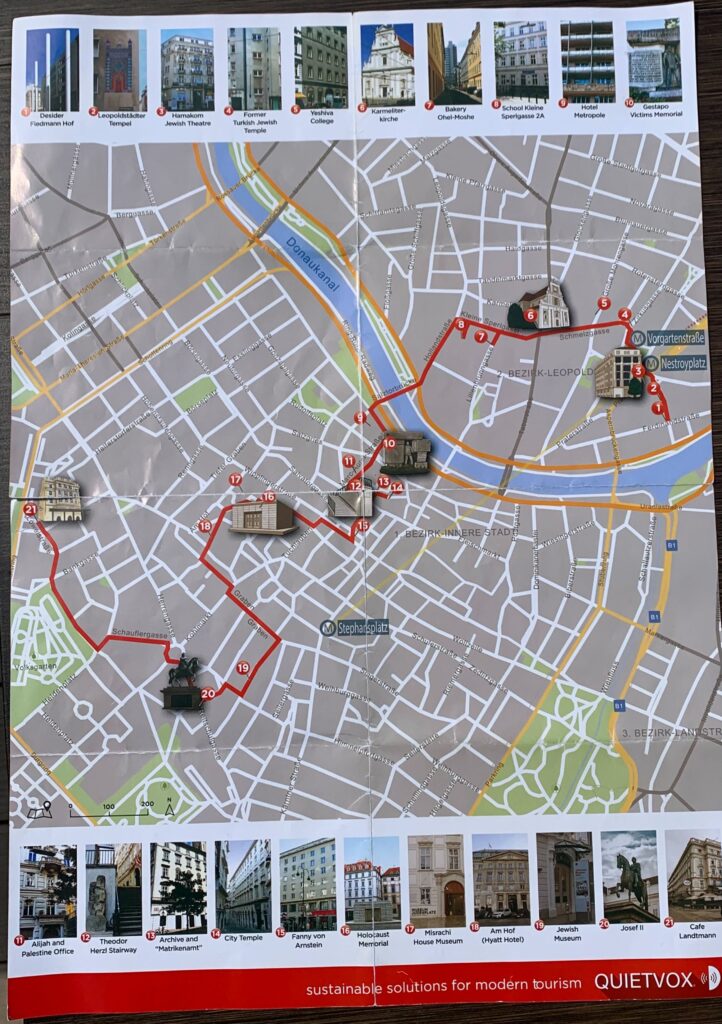
Where to go
Judenplatz
There is evidence that Jews lived in Vienna beginning around the end of the 12th century.
You can walk in the footsteps of Viennese Jews in the Middle Ages by visiting an area now called the Judenplatz, literally meaning “Jewish Square.” In the heart of Vienna’s first district, this was the center of Jewish life at the time. Today, the site is home to the Shoah memorial and the Judenplatz museum, a division of the Jewish museum.
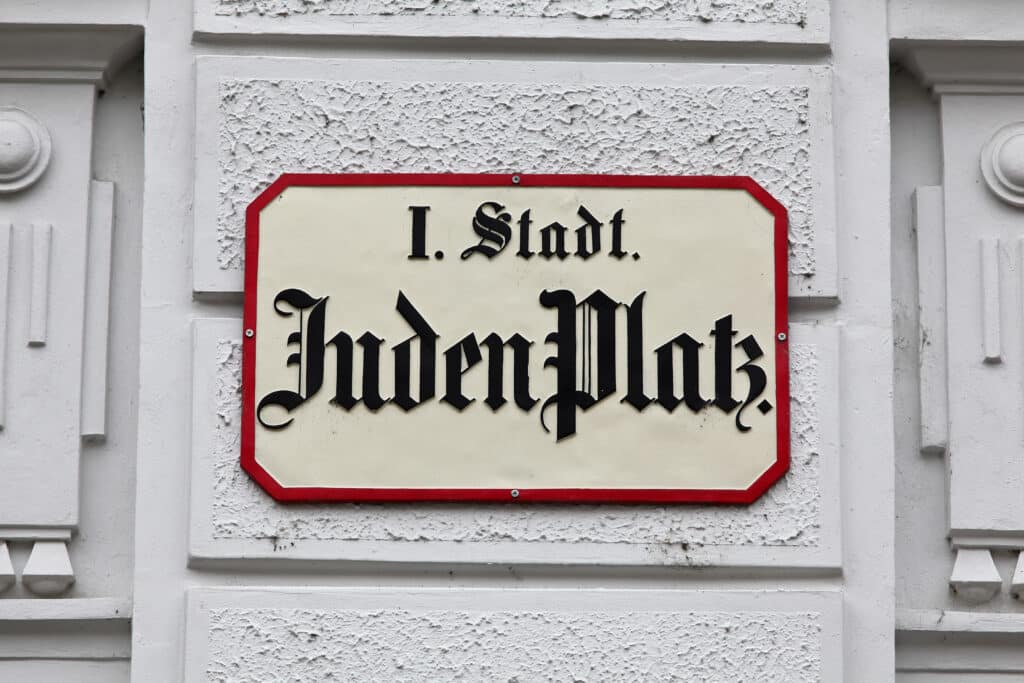
Leopoldstadt
Leopoldstadt, Vienna’s second district, has been the historic center of Jewish life in the city since 1624, when Ferdinand II sanctioned the creation of a Jewish ghetto. In 1670, Leopold I expelled the Jewish community and as a “thanksgiving” for the expulsion, the residents renamed the area Leopoldstadt (“Leopold’s city”), after the emperor. Jews were permitted to return to Vienna by the eighteenth century and settled back in Leopoldstadt, building prominent synagogues and Jewish institutions.
In 1938, following the Nazi takeover of Austria, the Jewish community was once again restricted to Leopoldstadt, and it was here that mass deportation centers were located. The Jewish community was nearly wiped out during the Holocaust, and only one synagogue, the Vienna City Temple, escaped the destruction of the Kristallnacht pogrom.
In recent years, a small Jewish community has grown and Jewish life in Vienna has been revived. Leopoldstadt became Brooklyn’s official “twin city” in 2007.
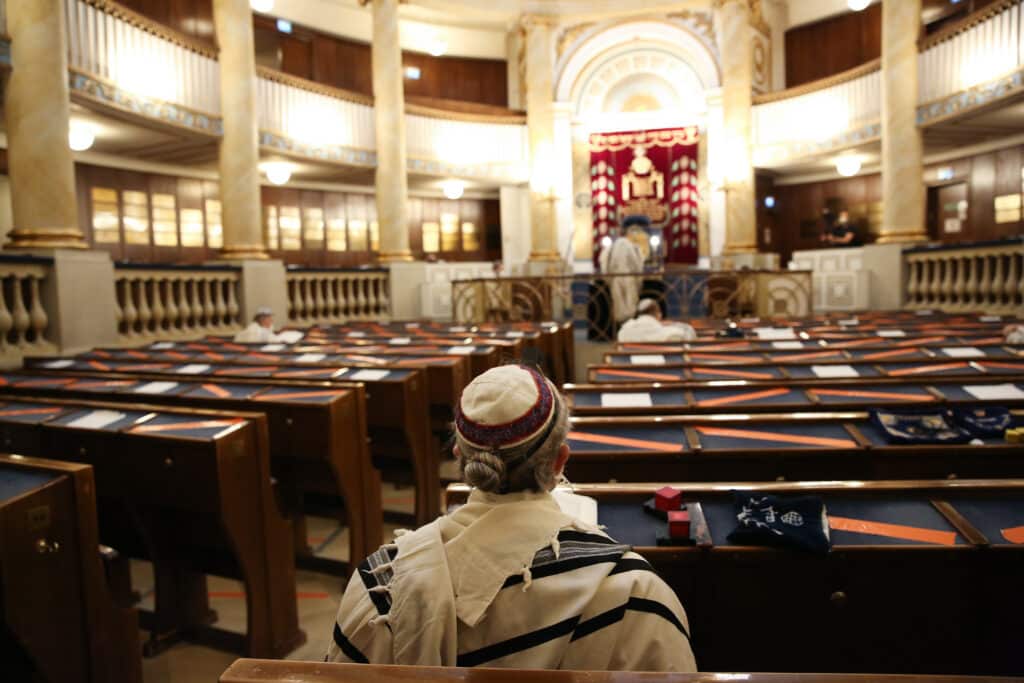
The community is centered around the Vienna City Temple in Leopoldstadt, which is open to visitors for guided tours. In the area, you can also visit Hamakom Jewish Theater, pass by the memorial for the Leopoldstadter Tempel, the the largest synagogue in Vienna prior to the Holocaust, and learn about the Sephardic Jewish community of Vienna.
Most of the city’s kosher restaurants and bakeries are also located here.
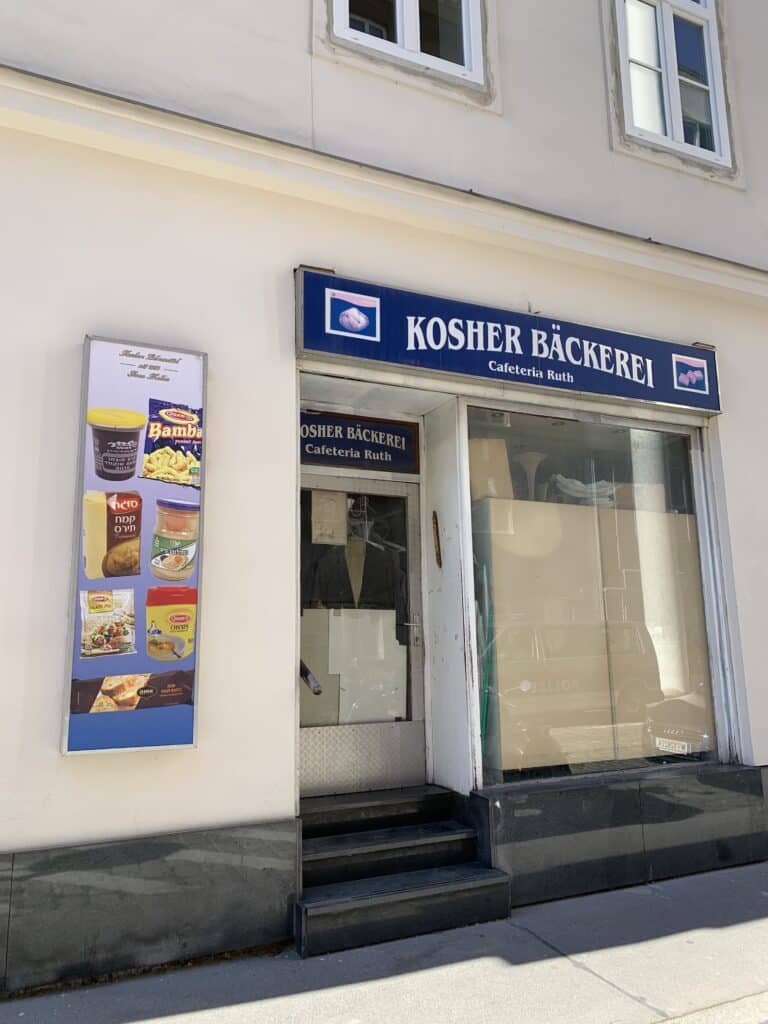
You can explore Leopoldstadt on a guided Jewish tour of Vienna, a guided tour of Leopoldstadt or opt for an app-guided tour which allows you to explore at your own pace.
Jewish Museum of the City of Vienna
The Jewish Museum Vienna highlights Jewish life and culture in Austria from the Middle Ages to the present day. Its main exhibition begins in 1945 and showcases the development of the nearly destroyed Jewish community until its present-day “modest but highly dynamic presence.” The exhibition also challenges Austrian post-war politicians and government in their response to the Jewish community.
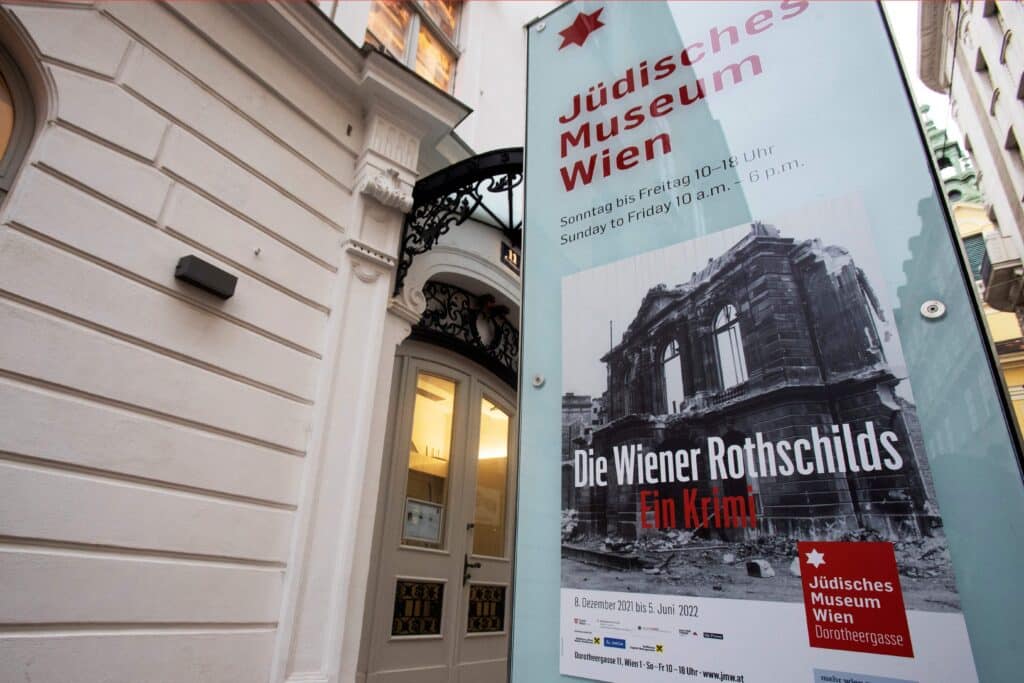
Sigmund Freud Museum
One of Vienna’s most famous Jewish residents was Sigmund Freud, the father of modern pyschology. The Sigmund Freud Museum is located at the “birthplace of psychoanalysis,” the address where Freud lived and worked for 47 years before he had to flee from the Nazis in 1938. It displays the family’s private rooms and Freud’s practice.
Though the museum is a fascinating look into Freud’s personal and professional legacy, it’s also a testimony of his escape and the Nazi presence in Vienna. The rooms themselves contain few original pieces of furniture, a deliberate choice to commemorate that Freud took everything with him when he fled.
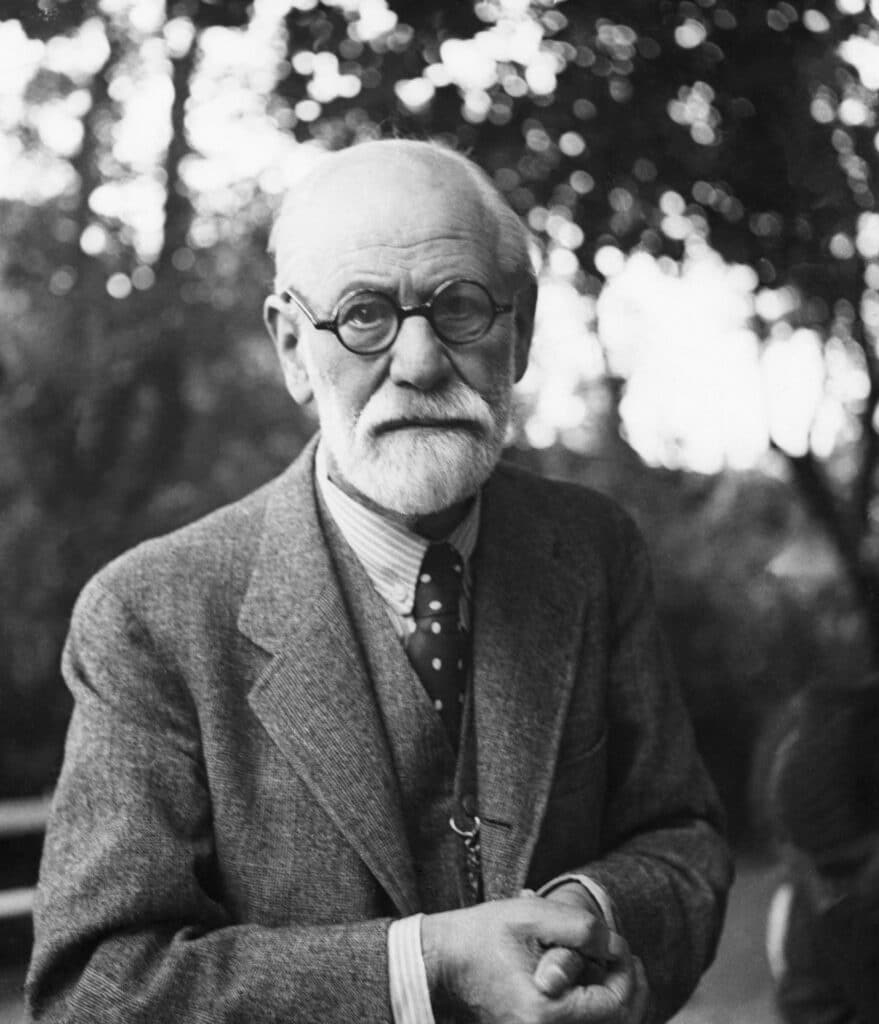
A walk through Hitler’s Vienna
In many ways, Austria had a unique role in the Holocaust. Adolf Hitler was born in Austria-Hungary and was raised near Linz. In the early 1900s, he moved to Vienna in hopes of studying fine art, but was rejected from art school twice. It was in Vienna that Hitler first became exposed to racist rhetoric, underpinning his eventual rise to dictatorship.
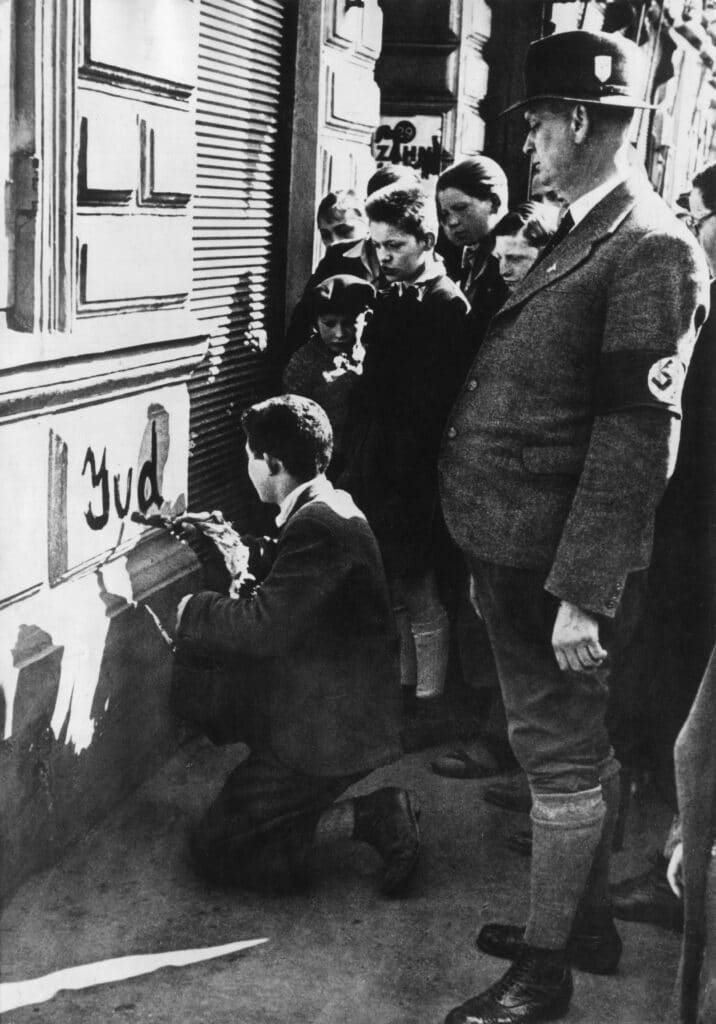
Immediately following WWII, Austria was reluctant to acknowledge its role in the Holocaust. Famously known as the “Austria victim theory,” its slogan was “Austria– the Nazis’ first victim.” The founders of the Second Austrian Republic believed the 1938 Anschluss (Nazi annexation of Austria) was an act of military aggression by the Third Reich and since Austrian statehood had been interrupted, the newly revived Austria of 1945 could not and should not be considered responsible for the Nazis’ crimes in any way.
The victim theory insisted that all Austrians, including those who strongly supported Hitler, had been unwilling victims of the Nazi regime and were therefore not responsible for its crimes. Nazi veterans took an honorable place in society and the struggle for justice by Austria Jews was seen as an attempt to smear the entire nation. It was not until after the 1980s that Austria began to take responsibility for its Nazi past.
Today, you can take a WWII walking tour of Vienna to understand the city’s influence on Hitler and see the spots that were once key Nazi offices, such as the once Gestapo headquarters which are used today as a standard commercial building, or the principal detention center where a total of 40,000 Jews were held prior to deportation, which is today an elementary school.
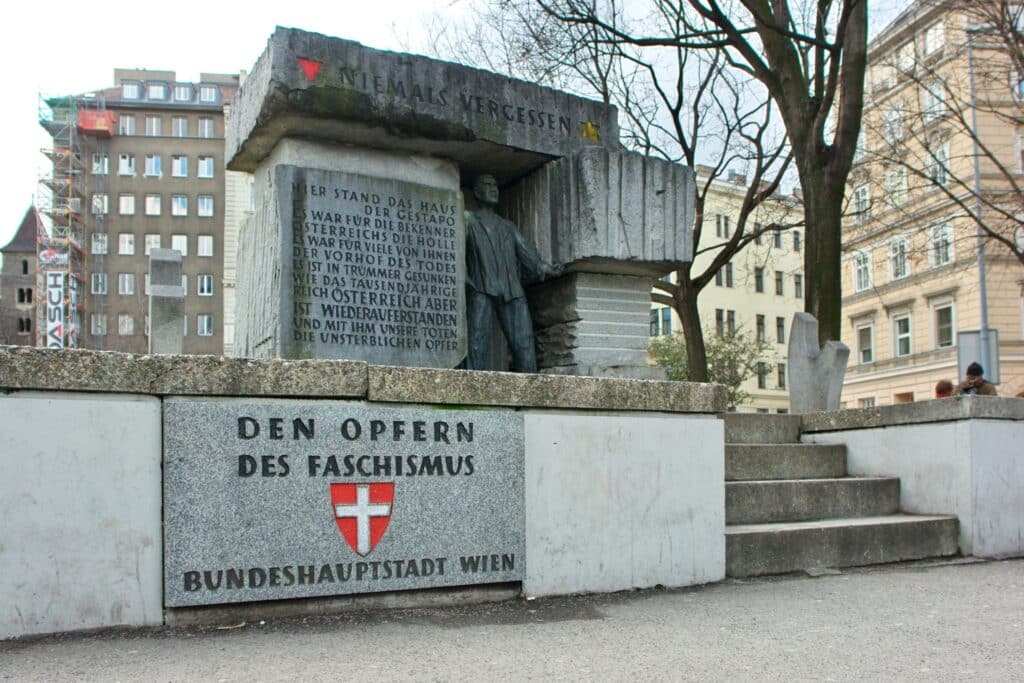
You can also take a day trip to Mauthausen Concentration Camp, a couple hour drive from Vienna and visit the museum and memorial.
Cafe Landtmann
Historically, Vienna’s famous coffee houses were spots for creative thinkers to debate politics and ideas. In 2011, UNESCO declared Vienna’s cafes a cultural treasure, calling them places “where time and space are consumed, but only the coffee is found on the bill.”
In 1913, Hitler, Trotsky, Tito, Stalin and Freud all famously lived a stone’s throw away from each other in Vienna. Hitler and Trotsky (separately) frequented Cafe Central, while Freud was a regular at the famous Cafe Landtmann– also the old haunts of Vienna’s Jewish intelligentsia.
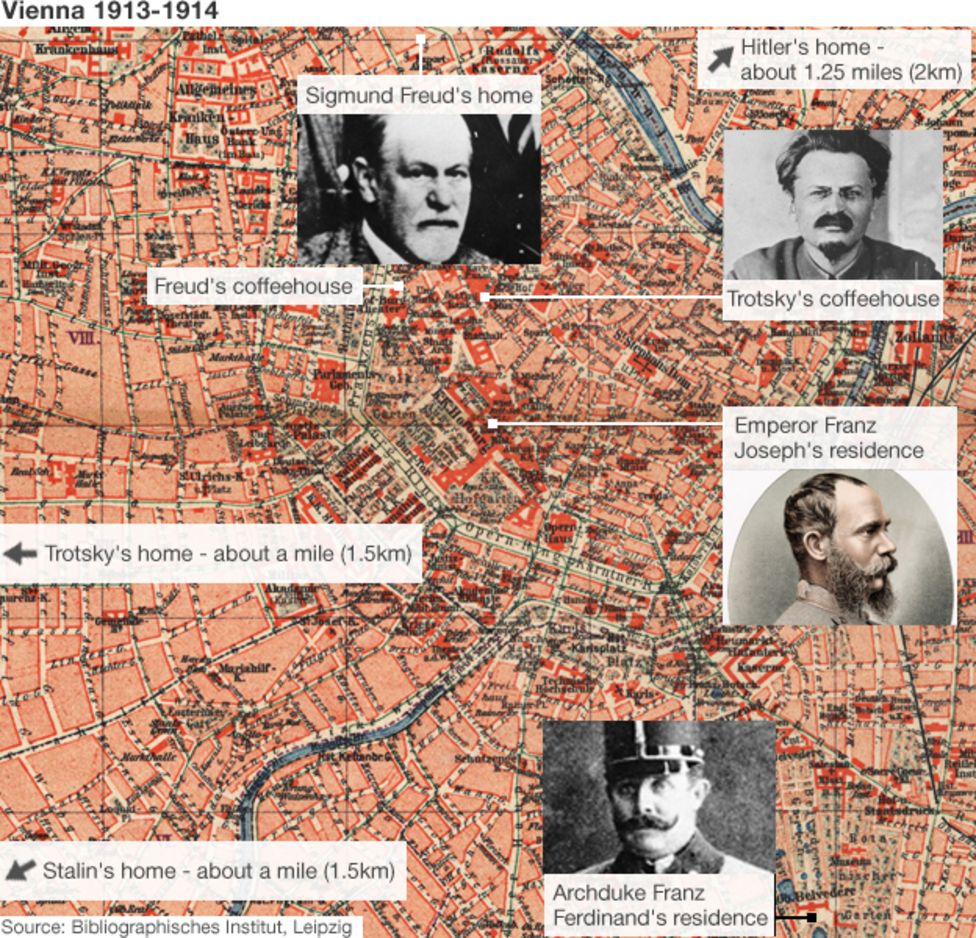
Where to eat
You can find all of Vienna’s kosher restaurants and bakeries in Leopoldstadt. Novellino is your go-to for dairy and pareve, while Bahur Tov is the best spot for all-thing meat.
In recent years, as Vienna’s Israeli population has grown, so has its Israeli food scene with restaurants like Neni am Naschmarkt and Miznon.
20 of the best Jewish/Israeli/Kosher restaurants in Vienna from a Jewish Viennese food expert here.
How to spend Shabbat
The Chabad House of Vienna hosts weekly Shabbat meals and offers help planning your stay in Shabbat-friendly accommodations.
Vienna has an Eruv as of 2012.
You can attend Shabbat services at one of Vienna’s multiple synagogues, including the famous Vienna City Temple.
When will you be visiting Vienna? Let us know on Instagram, Twitter, and TikTok!
